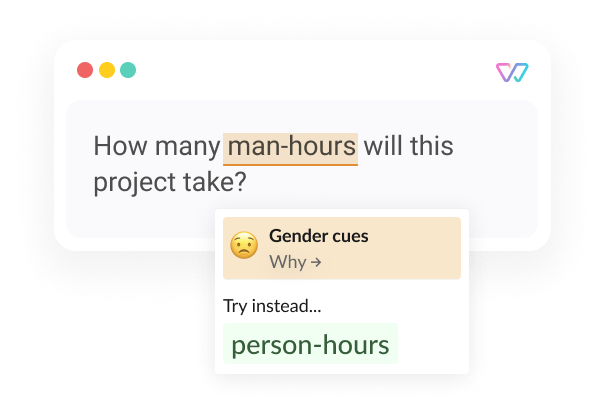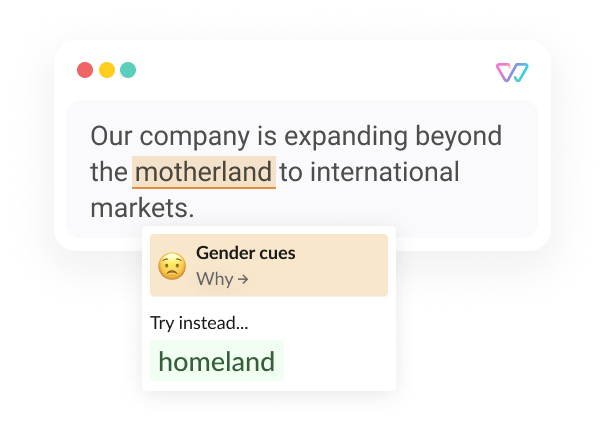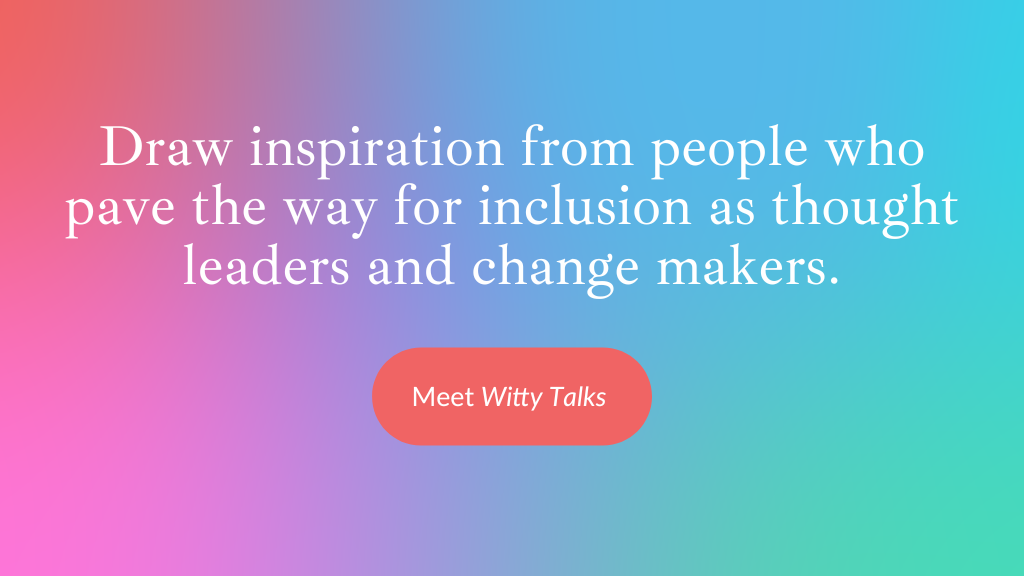 Gender cues
Gender cues
Word component provokes a gendered mental image
To show you want all genders to be seen and valued, choose gender-neutral expressions.

Basic Example

Advanced Example

Someone glares at a user manual at the office. Shuttles whizz around a man-made mothership in our latest ebook read, and a foreman talks to his errant employee man-to-man. All of these scenes, we are taught, are free of gender cues. But in the movies inside our heads, we cast a single gender. And because most gender cues are male, we cast men. Other genders stay invisible. By using gender-neutral language, you signal that everyone deserves to be seen.
👍
We need to request more personnel, and fast: This job will take at least 300 labor hours.👎
We need to request more manpower, and fast: This job will take at least 300 man-hours.Doesn't resonate with
- Everyone who identifies as a woman
- People in the LGBTQIA+ community
Shout-outs
- Ladies First or Ladies Last: Do Masculine Generics Evoke a Reduced and Later Retrieval of Female Exemplars? (N. Keith, K. Hartwig, & T. Richter)
- Using masculine generics: Does generic he increase male bias in the user's imagery? (M.C. Hamilton)



